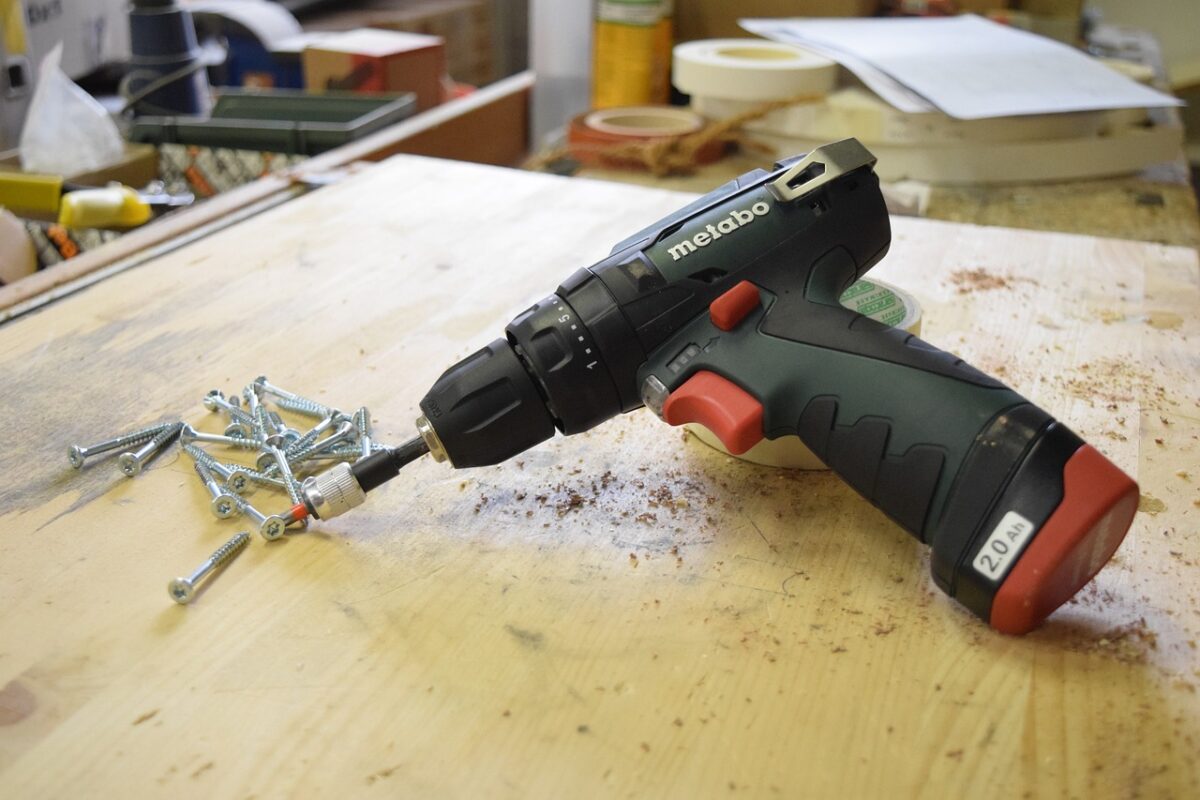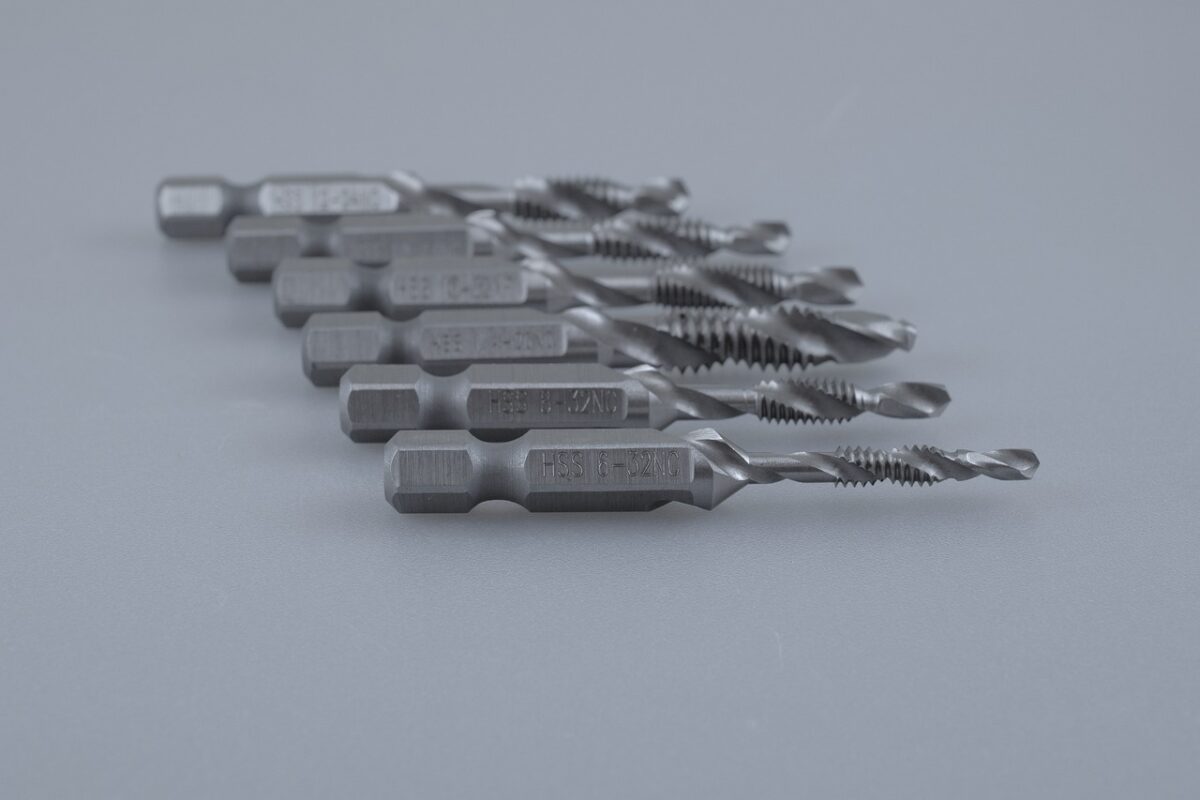For most homeowners like me, figuring out the right drill bit for a wall plug is a struggle. I know how frustrating it can be to try and mount a cabinet on a wall, only to discover you do not have the right bit.
With years of experience doing household repairs, I have learned which drill bits work best for different wall materials and plug types. Here, you will learn how to identify the diameters of the most common wall sockets and which bits for drilling can bore through masonry and wood without breaking.
What Drill Bit to Use for a Wall Plug
The common bit sizes for a wall plug include 1/8, 3/16, 15/64, and 1/4 inches. Use carbide-tipped masonry bits for concrete, brick, and stone masonry walls. High-speed steel twist bits are suitable for wood studs and paneling walls, whereas gypsum board bits are perfect for sheetrock or plaster walls.

Match the diameter of the bit to the width of the anchor screw. After that, choose a drilling material designed for the wall composition. Using the proper technique for a smooth installation, you can bore perfect holes for securely fitting wall anchors and screws into any surface in your home.
Drill Bits for Wall Plugs Based on the Screw Diameter
The first step in selecting an appropriate bit for wall plugs is determining the diameter of the screw you will use. Wall socket packages specify the screw sizes they accommodate. Most accompanying screws range from 3/16 inches in diameter to 3/8 inches.
Matching the bit for drilling to the screw width is crucial to avoid stripping the screw head if the bored hole is too large. Here are the recommended bit sizes for standard anchor screw diameters:
| Screw Diameter (inches) | Bit Size (inches) |
| 3/16 | 1/8 |
| 1/4 | 3/16 |
| 5/16 | 15/64 |
| 3/8 | 1/4 |
So, for example, if your anchors fit 3/16 inch tapcon, select a 1/8 inch bit to pre-drill the holes. Going up 1/64 inch for larger screws gives just enough extra space for the threads to catch while preventing a loose fit.

Common Types of Drill Bits for Wall Plugs
The material your walls are constructed from determines what type of bit for drilling you need for wall socket installation. Here are the most common materials and suitable bit types:
Carbide-Tipped Masonry Bits
Use carbide-tipped masonry bits that bore through tough materials without wearing down quickly. They are identifiable by the black carbide tips. Hammer function drills create easy pounding and rotating action for drilling through masonry.
High-Speed Steel Twist Bists
Use high-speed steel twist bits, which are affordable, effective, and durable for drilling wood. Standard power drills work well for drilling into wood walls.
Gypsum Board Bits
Use self-starting gypsum board bits with a pointed tip to prevent walking across panel surfaces. Variable-speed drywall drills operate at lower revolutions per minute, ideal for brittle wall materials.
Proper Technique for Drilling Wall Holes
With the right bit type and size, you can bore holes in your wall sockets using the proper technique to avoid damage. Follow these tips:

- Use a pencil to mark the precise pilot hole, which can also help keep the drill bit from wandering.
- Prepare a compatible bit because incompatible ones can be the reason why your drill bits are falling out. For instance, carbide-tipped masonry bits for brick walls or high-speed steel twist bits for wooden walls. There are also particular drill bits for metal surfaces.
- Apply firm pressure when starting to drill to keep the bit steady.
- Let the drill work after the hole starts without pushing too hard.
- Drill perpendicular to the wall, using a level to ensure straight holes.
- Drill slowly in materials like plaster to prevent cracking around the hole.
- Drill 5/8-inch to 3/4-inch deep holes for secure fitting.
- Clean out dust and debris from holes using a vacuum or blowing air.
Matching your bit to the wall material and screw size and using the right approach prevents stripped screws, damaged drywall, or falling decor.
Related Questions
Should the Bit Be the Same Size as the Plug?
I recommend using a bit that is smaller than the plug’s size. By doing this, you provide a tighter fit for the plug in the hole. This offers greater stability and guarantees that it is positioned securely.
Do You Need a Drill for Wall Plugs?
A drill is necessary to pre-drill the holes for installing wall plugs. The drill makes precision-sized holes that allow the plugs to grip inside the wall. Trying to hammer in plugs without pre-drilled holes generally will not work well.
What Size of Drill Bit Do You Need for a 10×50 Wall Plug?
The recommended bit for drilling size for a 10×50 wall socket is typically 10mm. The first number in the plug size (10 in this case) represents the diameter of the hole required for the plug, while the second number (50) indicates the length of the plug.
Conclusion
Choosing the appropriate bit for wall socket installation is crucial for achieving a secure and reliable attachment. Understanding the different types of drill bits available, matching the sizes with plug requirements, and considering the wall material can ensure a successful outcome for your do-it-yourself projects.
